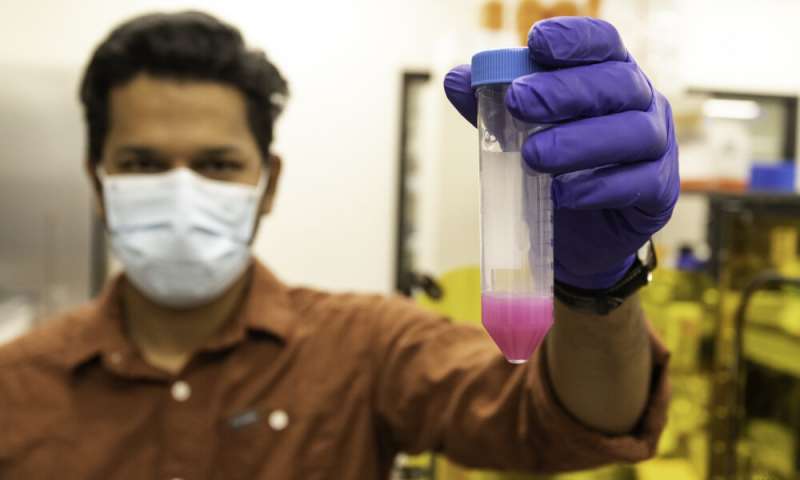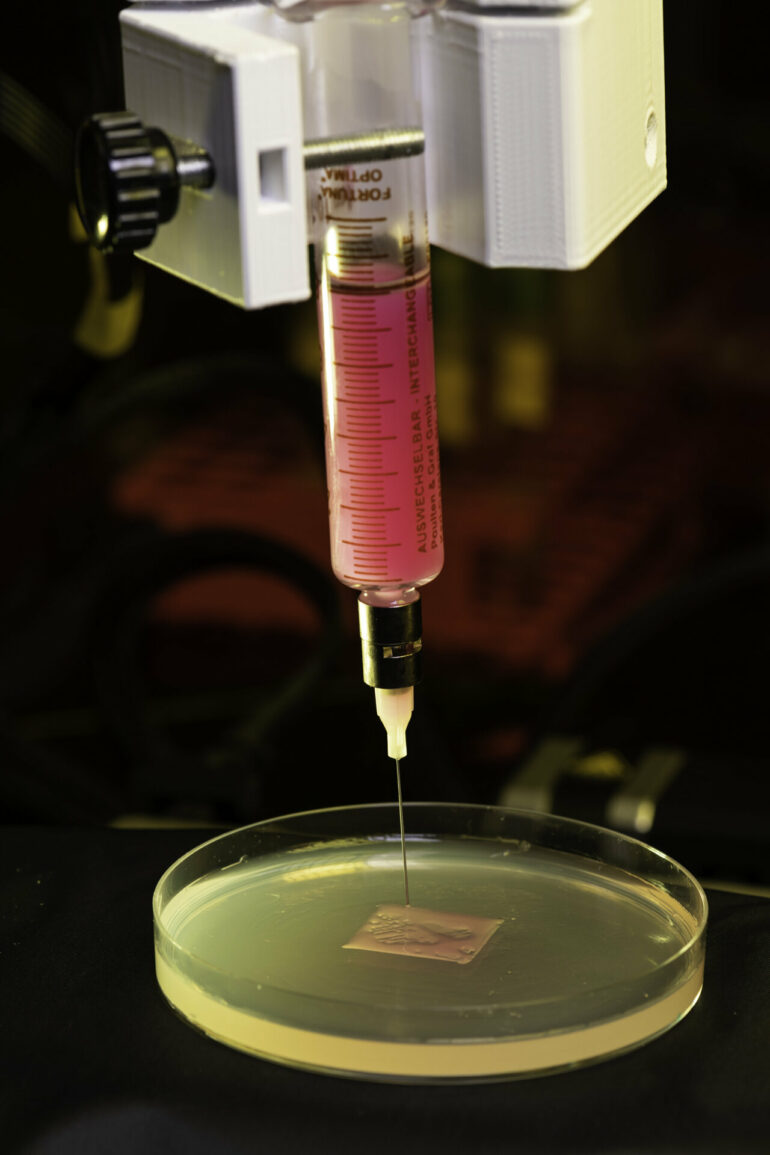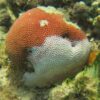Anne S. Meyer, an associate professor of biology at the University of Rochester, and her collaborators at Delft University of Technology in the Netherlands recently developed a 3D printing technique to engineer and study biofilms—three-dimensional communities of microorganisms, such as bacteria, that adhere to surfaces. The research provides important information for creating synthetic materials and in developing drugs to fight the negative effects of biofilms.
Biofilms can be both harmful and beneficial to humans: They can coat the surfaces of materials and objects—including medical devices—and cause infections, and they are resistant to many drugs and disinfectants. However, biofilms are able to degrade toxic chemicals and environmental pollutants, making them useful in areas such as wastewater treatment.
In their latest research, published in the journal ACS Synthetic Biology, Meyer and her colleagues show that engineered biofilms can behave like natural ones. The researchers developed a 3D printing technique that allows them to synthetically engineer and study biofilms made of Escherichia coli (E. coli) bacteria. The technique will allow researchers to better study the properties of biofilms so they can harness their beneficial aspects and combat their harmful effects.
“This paper shows that our engineered biofilms can behave like native biofilms in many ways—including displaying emergent drug resistance—making them good model systems for anti-biofilm drug development,” Meyer says.

Graduate student Ram Gona designed a 3D bioprinter that creates biofilms using a technique developed by University of Rochester biology professor Anne S. Meyer and her collaborators at Delft University of Technology in the Netherlands. © University of Rochester / J. Adam Fenster
The work is the latest in a series of research efforts led by Meyer’s lab to develop synthetic materials that mimic nature. The materials have a variety of applications in the energy, medical, technology, and fashion sectors. The Meyer group has used bacteria to develop artificial nacre and graphene, and has additionally developed other 3D printing techniques, including a novel bioprinting technique to print algae into living, photosynthetic materials.
More information:
Srikkanth Balasubramanian et al, Emergent Biological Endurance Depends on Extracellular Matrix Composition of Three-Dimensionally Printed Escherichia coli Biofilms, ACS Synthetic Biology (2021). DOI: 10.1021/acssynbio.1c00290
Provided by
University of Rochester
Citation:
Researchers develop novel 3D printing technique to engineer biofilms (2021, December 2)



